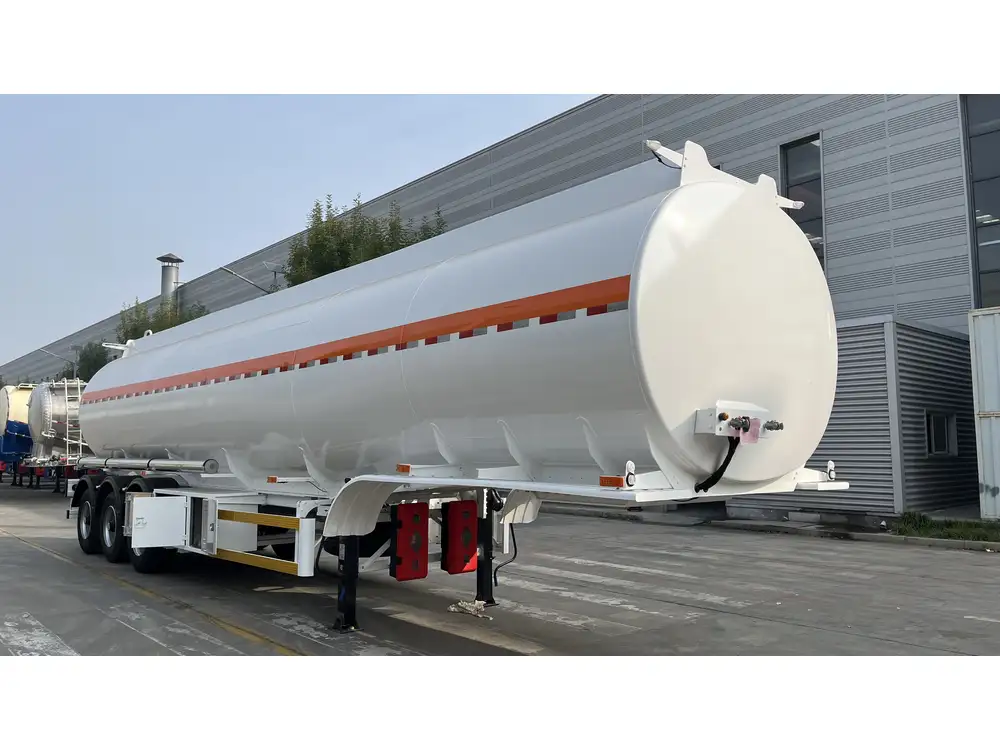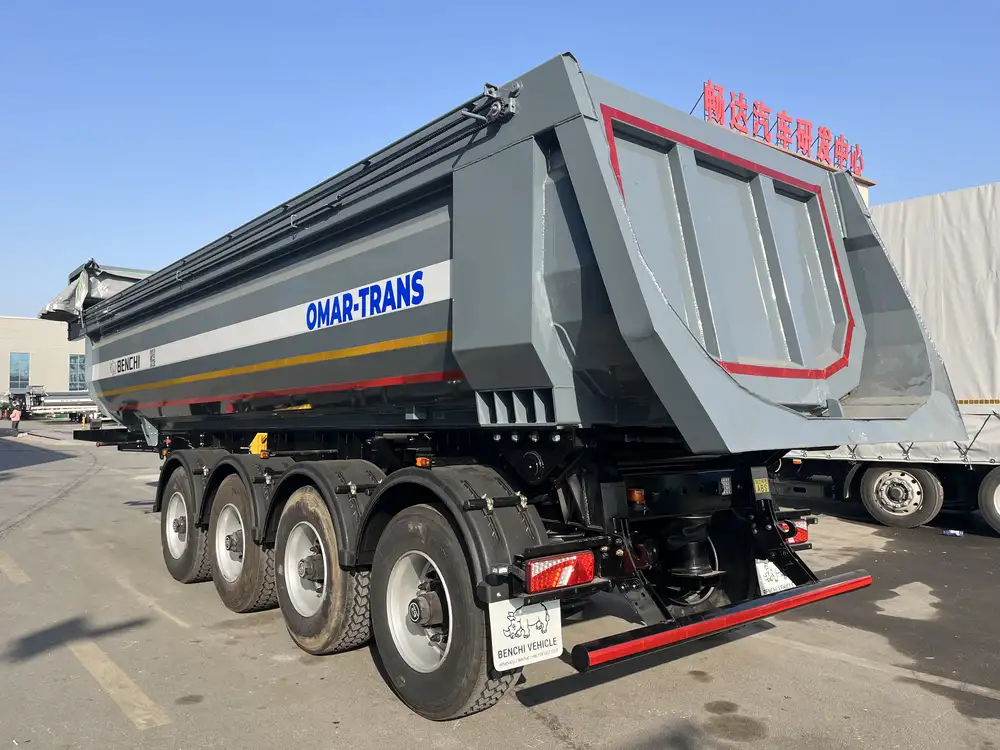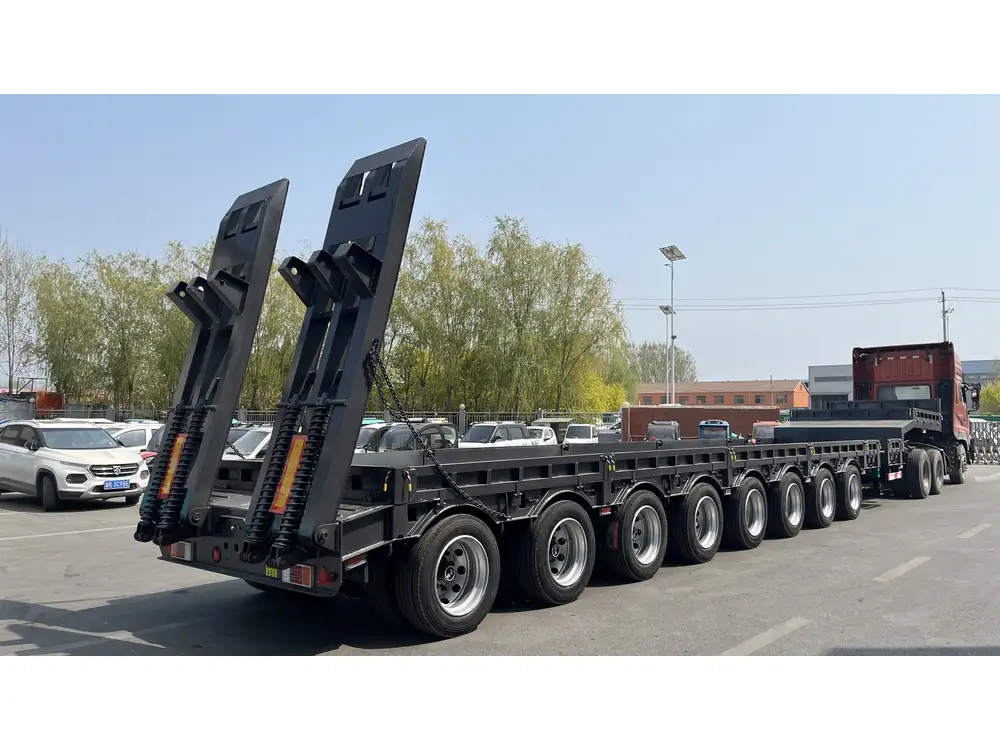At the core of many dump trailer operations lies the solenoid, a crucial component that controls the electro-mechanical systems responsible for lifting and lowering the trailer’s bed. Understanding how to wire a solenoid correctly can lead to efficient operation, reduced downtime, and increased safety. Here, we will offer a detailed walkthrough of the wiring process, potential problems, and a troubleshooting guide that spans across various scenarios.
Understanding the Basics of a Solenoid
What is a Solenoid?
A solenoid is an electromechanical device that converts electrical energy into linear motion. In the context of dump trailers, it engages or disengages the hydraulic rams that control the tilting mechanism of the trailer bed. The primary purpose of the solenoid is to ensure that the trailer operates efficiently, enabling the seamless delivery of goods.

Components of a Solenoid
- Coil: Generates a magnetic field when electrical current is applied.
- Plunger: Moves in response to the magnetic field to open or close the hydraulic circuit.
- Housing: Protects internal components from external elements.
- Terminals: Connection points for wiring.
Wiring Basics: Tools and Materials Required
Before diving into the wiring process, it is essential to have the right tools and materials on hand:
| Tool/Material | Purpose |
|---|---|
| Wire Strippers | To remove insulation from wires |
| Crimping Tool | To attach connectors securely |
| Multimeter | For testing electrical connections |
| Heat Shrink Tubing | To protect wire connections from moisture |
| Electrical Tape | For insulation and securing connections |
| Wires (Gauge 14-16) | To provide necessary current flow |
| Solenoid | The device being wired |
| Battery (12V) | Power source for testing |
Safety Precautions
- Ensure that the trailer is disconnected from any towing vehicle.
- Wear safety goggles and gloves to protect against accidental electrical shorts.
- Turn off all power sources before beginning the installation.

Step-by-Step Wiring Process
Step 1: Locate the Solenoid
First, determine the placement of your solenoid. It is usually located on the trailer frame near the hydraulic pump. Ensure that this area is free from dirt and debris to allow for easy access.
Step 2: Identify the Terminals
Typically, there are two main terminals on the solenoid: the power input terminal and the output terminal.
- Power Input Terminal: This connects to the battery.
- Output Terminal: This connects to the hydraulic pump.

Step 3: Preparing the Wires
Using wire strippers, remove about 1/2 inch of insulation from both ends of each wire. This includes one wire for positive and one for negative connections.
Step 4: Connecting the Power Supply
- Negative Connection: Connect one end of the negative wire (usually black) to the negative terminal of the battery. Secure it tightly with a crimp connector.
- Positive Connection: Attach another wire (usually red) to the power input terminal of the solenoid.
- Test the Connection: Before securing everything, use a multimeter to ensure that there is continuity and that the terminals are functioning correctly.
Step 5: Connecting the Output Wire
- Hydraulic Pump Connection: Take a wire from the output terminal of the solenoid to the hydraulic pump. This allows the solenoid to activate the pump when the circuit is closed.
- Secure the Connection: Ensure that all connections are snug and insulated with heat shrink tubing or electrical tape.

Step 6: Grounding the Solenoid
To ensure a complete circuit, connect a ground wire from the solenoid casing to an unpainted section of the trailer frame. This step is critical for reducing electrical resistance and enhancing the solenoid’s longevity.
Step 7: Finishing Up
- Double-check all connections to ensure that they are secure and correctly positioned.
- Reconnect the battery and test the solenoid by operating the trailer’s lift mechanism. Observe for any unusual sounds or behavior during operation.
Common Wiring Problems and Solutions

Issue 1: The Solenoid Does Not Activate
- Cause: This may occur due to a bad connection or insufficient power supply.
- Solution: Check all wiring connections for firmness and continuity using a multimeter.
Issue 2: Inconsistent Operation
- Cause: Corroded connections or frayed wires can lead to erratic behavior.
- Solution: Inspect the wires and clean all connections using a wire brush, then re-test.
Issue 3: Solenoid Overheating
- Cause: Prolonged operation beyond recommended cycles can cause overheating.
- Solution: Utilize a thermal cut-off feature or leave cooling periods in between operational cycles.

Maintenance Tips for Optimal Performance
- Regular Inspection: Periodically check wiring and connections for signs of wear or corrosion.
- Environmental Protection: Use silicone sealant on the connections in areas prone to moisture.
- Lubrication: Keep the mechanical components of the solenoid clean and lubricated for ease of movement.
Conclusion
Wiring a solenoid on a dump trailer is an essential skill for operators looking to maintain an efficient and safe working environment. By following this comprehensive guide, you not only ensure that your trailer functions correctly but also empower yourself with the knowledge to troubleshoot common issues. Emphasizing regular maintenance and understanding each component will extend the life of your trailer while improving the reliability of its operations.
Frequently Asked Questions
What is the primary function of a solenoid in a dump trailer? The solenoid operates the hydraulic system that raises and lowers the dump trailer bed.
Can I wire a solenoid without prior electrical experience? While basic electrical skills are helpful, it’s crucial to follow the guidelines strictly to avoid damage and enhance safety.
How can I find replacement parts for my solenoid? Contact your manufacturer or local trailer parts suppliers to source replacement solenoids and associated wiring components.
Mastering the wiring of a solenoid not only prepares you for successful operations but also instills confidence in tackling other mechanical challenges that may arise. With this knowledge, you are now equipped to enhance both your understanding and troubleshooting skills for your dump trailer.



